Achieving Realism in Your Portrait Drawings
Creating a portrait that truly captures the essence of a person can feel like an intimidating task. However, with the right techniques and a bit of practice, you can transform your drawings from simple sketches into stunningly realistic representations. In this article, we will explore various methods that focus on key aspects like proportions, shading, and capturing likeness, all of which are essential for enhancing your artistic skills. So grab your pencils and let’s dive into the fascinating world of portrait drawing!
Proportions are the backbone of any great portrait drawing. They serve as the framework that guides you to create a balanced and lifelike representation of the human face. Imagine trying to build a house without a solid foundation; it would likely crumble! Similarly, without accurate measurements, your portrait may end up looking distorted or unrealistic. To get started, it’s essential to familiarize yourself with the basic proportions of the human face. For instance, did you know that the eyes are typically positioned halfway down the head? Understanding these key landmarks will make a world of difference in your drawings.
One effective technique for maintaining accurate proportions is to use guidelines. These can be light pencil lines that help you map out the placement of features before you dive into the details. By breaking down the face into smaller sections and using reference points, you can ensure that each element is proportionate to the others. This method not only helps in achieving accuracy but also boosts your confidence as you see your drawing come together!
Now that you have a solid foundation with proportions, let’s talk about the magic of light and shadow. These elements are crucial in adding depth and dimension to your portraits, transforming flat images into three-dimensional representations. Think of light as a sculptor, molding the features of your subject. The way light interacts with surfaces creates highlights and shadows, which are essential for realism.
To master shading, it’s helpful to create a value scale. A value scale is a gradient that showcases the range of light to dark tones you can achieve with your medium. By practicing with value scales, you’ll develop a better understanding of how to apply these tones in your portrait drawings. Start with a simple scale, moving from pure white to deep black, and try to replicate it in your artwork. This exercise will sharpen your shading techniques and enhance the overall quality of your portraits.
Contrast is another vital component for realism. It’s like seasoning in cooking; a pinch of salt can elevate a dish from bland to extraordinary! In portrait drawing, using contrasting values effectively can define features and create a striking visual impact. For example, if you want to emphasize the cheekbones, consider adding darker shadows beneath them to make them pop. This technique draws the viewer’s eye and adds a sense of depth to your work.
Blending is a technique that can soften harsh lines and create smooth transitions between light and shadow. It’s like mixing colors on a palette to achieve the perfect hue. There are various blending methods you can experiment with, such as using your fingers, blending stumps, or even a soft cloth. Each method offers a unique effect, so don’t be afraid to try them all to see what works best for your style!
Every facial feature plays a crucial role in capturing an individual's likeness. The eyes, nose, mouth, and ears each have unique characteristics that contribute to the overall representation of your subject. For instance, the shape of the eyes can convey emotions, while the curve of the lips can indicate personality. When drawing, take the time to closely observe these features and replicate their nuances. It’s like piecing together a puzzle; each part is essential for the complete picture.
Achieving likeness is perhaps one of the most challenging yet rewarding aspects of portrait drawing. It’s not just about getting the features right; it’s about capturing the essence of the person. To do this, you need to develop strong observation skills. This means training your eye to notice subtle details that make your subject unique. For example, does your subject have a slight asymmetry in their face? Are there specific shadows that define their jawline? Paying attention to these details can elevate your portrait from a mere likeness to a true representation.
To enhance your observation skills, consider engaging in exercises that require you to draw from life. Set up a mirror and draw your own reflection or sketch a friend. The more you practice observing and translating what you see onto paper, the more natural it will become. You might even want to try drawing quick gestures to capture the essence of movement and expression!
Another technique that can aid in ensuring accuracy is comparative measurement. This involves using reference points to measure distances and proportions between features. For instance, you can use a pencil or a ruler to measure the width of the eyes and compare it to the distance between them. This method helps maintain proportion and likeness, making your portraits more realistic.
- What materials do I need for portrait drawing? You can start with basic materials like pencils, erasers, and paper. As you progress, you might want to explore charcoal, pastels, or digital tools.
- How long does it take to become proficient in portrait drawing? Proficiency varies by individual; however, consistent practice over time will lead to improvement.
- Are there any specific techniques to improve my shading? Yes! Practice using value scales and experiment with different blending techniques to enhance your shading skills.
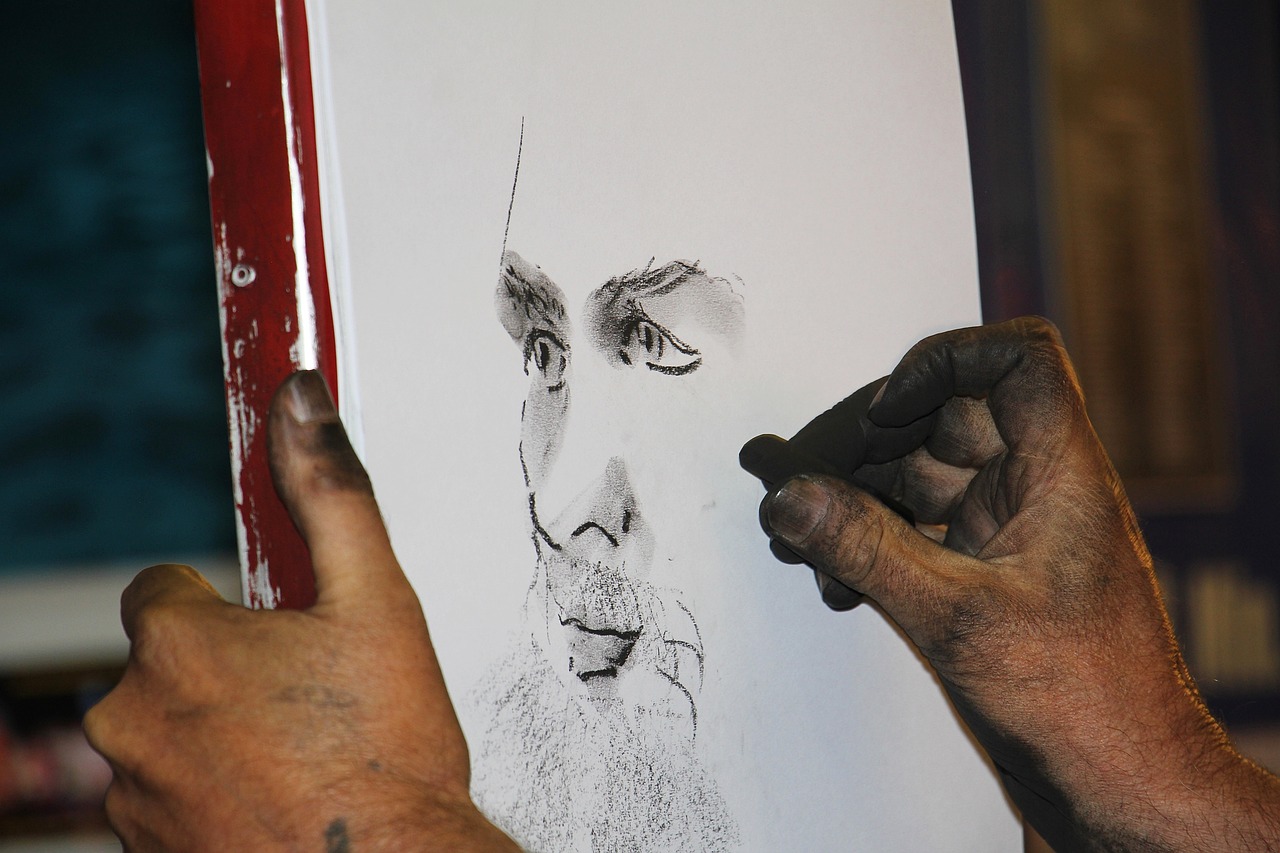
Understanding Proportions
Proportions are the backbone of any successful portrait drawing. They serve as the guiding framework that ensures your artwork resembles the human face accurately. Imagine trying to assemble a puzzle without knowing how the pieces fit together; that’s what drawing without understanding proportions feels like. The human face is a complex structure, and getting the proportions right is crucial for achieving a balanced and lifelike representation.
When starting a portrait, one effective method is to use guidelines. These can be simple lines that help you map out the face's features. For instance, you might draw a vertical line down the center of the face and a horizontal line across the eyes. This technique allows you to measure and compare distances between features, ensuring that everything is aligned correctly. Here are some key proportions to keep in mind:
- The eyes are typically positioned halfway down the head.
- The width of the face is usually about five eye widths across.
- The bottom of the nose is generally located about halfway between the eyes and the chin.
- The mouth sits about one-third of the way down from the nose to the chin.
Utilizing these guidelines can significantly improve your accuracy. However, it’s essential to remember that everyone’s face is unique, and slight variations exist. Therefore, while these proportions are a great starting point, don’t hesitate to adjust them based on your subject. Observation is key! Spend time looking at your subject and noting their unique features.
Another effective technique is to employ a grid system. By dividing your reference photo and your drawing surface into equal squares, you can focus on one square at a time. This method helps break down the complexity of the face into manageable sections, allowing you to capture the likeness accurately. It’s like zooming in on a photograph; you can see the details more clearly when you focus on a smaller area.
In conclusion, understanding proportions is essential for creating realistic portrait drawings. By using guidelines, observing your subject closely, and employing techniques like the grid system, you can enhance your skills and create lifelike representations. Remember, practice makes perfect! The more you draw, the more intuitive these proportions will become, allowing your portraits to truly come alive.
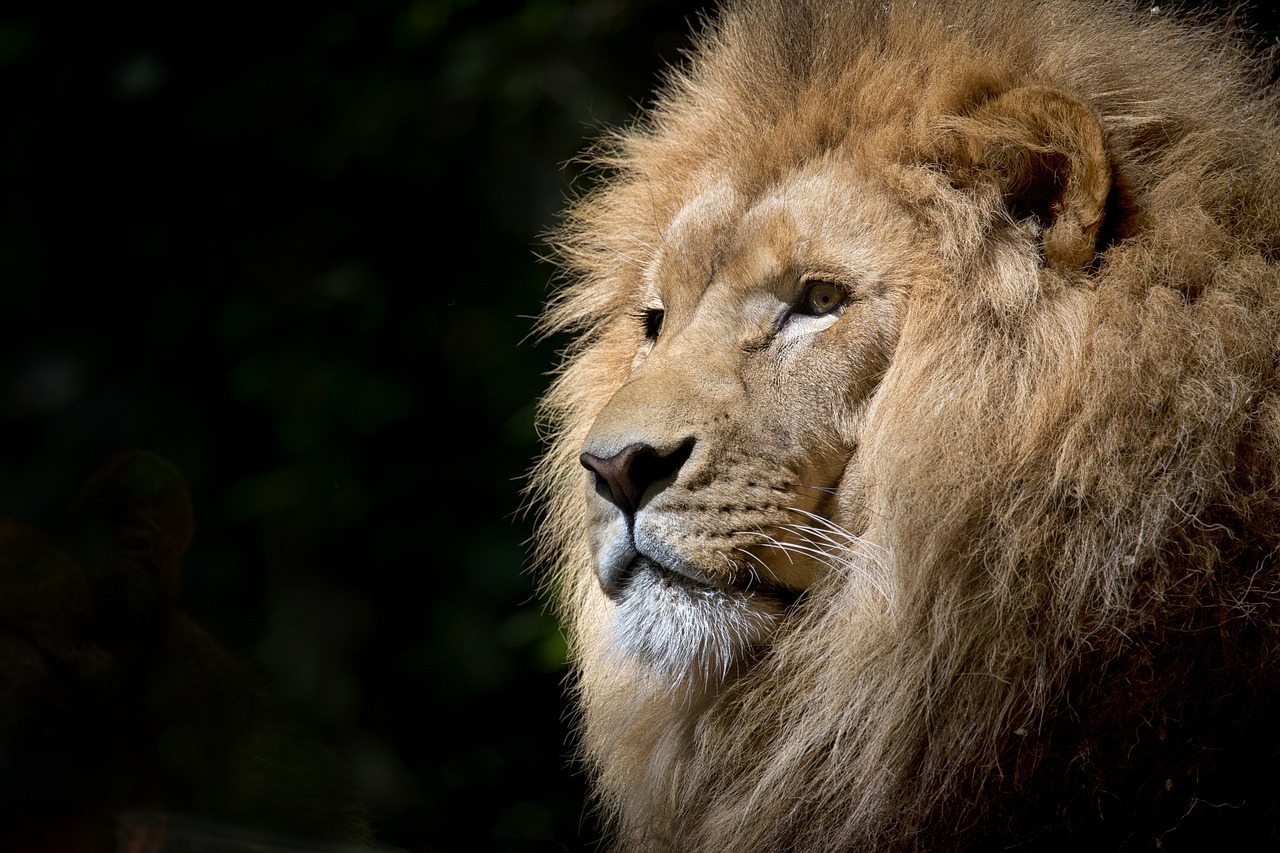
Mastering Light and Shadow
When it comes to portrait drawing, mastering light and shadow is akin to an artist wielding a magic wand; it transforms a flat image into a captivating three-dimensional representation. Imagine walking into a room filled with portraits that seem to leap off the walls, their features illuminated and defined by the play of light. This effect is not just a happy accident; it's a skill that can be learned and honed with practice. Understanding how light interacts with the human face is crucial for any aspiring artist. The way light hits a cheekbone or casts a shadow under the chin can either bring your drawing to life or leave it looking flat and lifeless.
One of the fundamental techniques to achieve this is through effective shading. Shading is not merely about adding dark areas; it's about understanding the form and how light reveals it. Start by observing your subject under different lighting conditions. Notice how the shadows shift and change as the light source moves. This dynamic relationship between light and shadow can be mirrored in your drawings. For instance, a light source coming from the left will create distinct shadows on the right side of the face, highlighting the contours and adding depth.
To effectively shade your portraits, you need to grasp the concept of value scales. A value scale is a gradient that shows the transition from light to dark. Creating a value scale can be as simple as drawing a rectangle and dividing it into sections, each filled with a different shade. This exercise will help you understand the range of values you can use in your drawings. By practicing with a value scale, you can learn to identify the subtle gradations of light and dark on your subject's face, allowing you to replicate them more accurately in your artwork.
Once you have a solid understanding of value scales, the next step is to focus on contrast. Contrast is the difference between the lightest and darkest areas in your drawing. It is essential for creating a striking visual impact. For instance, consider the way a bright highlight on the nose can draw attention to that feature, while deep shadows can recede areas like the temples or under the chin. By strategically placing contrasting values, you can guide the viewer's eye and enhance the overall composition of your portrait. Think of it as a dance between light and dark, where each element plays a vital role in the performance.
As important as contrast is, sometimes you need to soften those harsh lines to create a more realistic appearance. This is where blending techniques come into play. Blending allows you to transition smoothly between different values, creating a more cohesive look. There are various methods to achieve this, such as using a blending stump, your fingers, or even a soft cloth. Each method has its own unique effect, so experiment to discover which works best for you. Remember, blending isn't about erasing your hard work; it's about enhancing it and making the light and shadow interplay more harmonious.
In summary, mastering light and shadow is an essential skill for any portrait artist. By understanding how to manipulate these elements through shading, contrast, and blending, you can elevate your drawings from simple sketches to lifelike representations. So grab your pencils, find a good light source, and start practicing. Your portraits will thank you!
- What is the best way to practice shading? The best way to practice shading is to draw from life. Set up a still life with a single light source and observe how the light interacts with the objects.
- How can I improve my blending skills? Experiment with different tools such as blending stumps, fingers, or brushes. Practice blending different values on a scrap piece of paper until you find a technique that feels comfortable.
- What should I focus on when drawing portraits? Focus on proportions, capturing likeness, and understanding the play of light and shadow. Each of these elements contributes to a more realistic portrait.
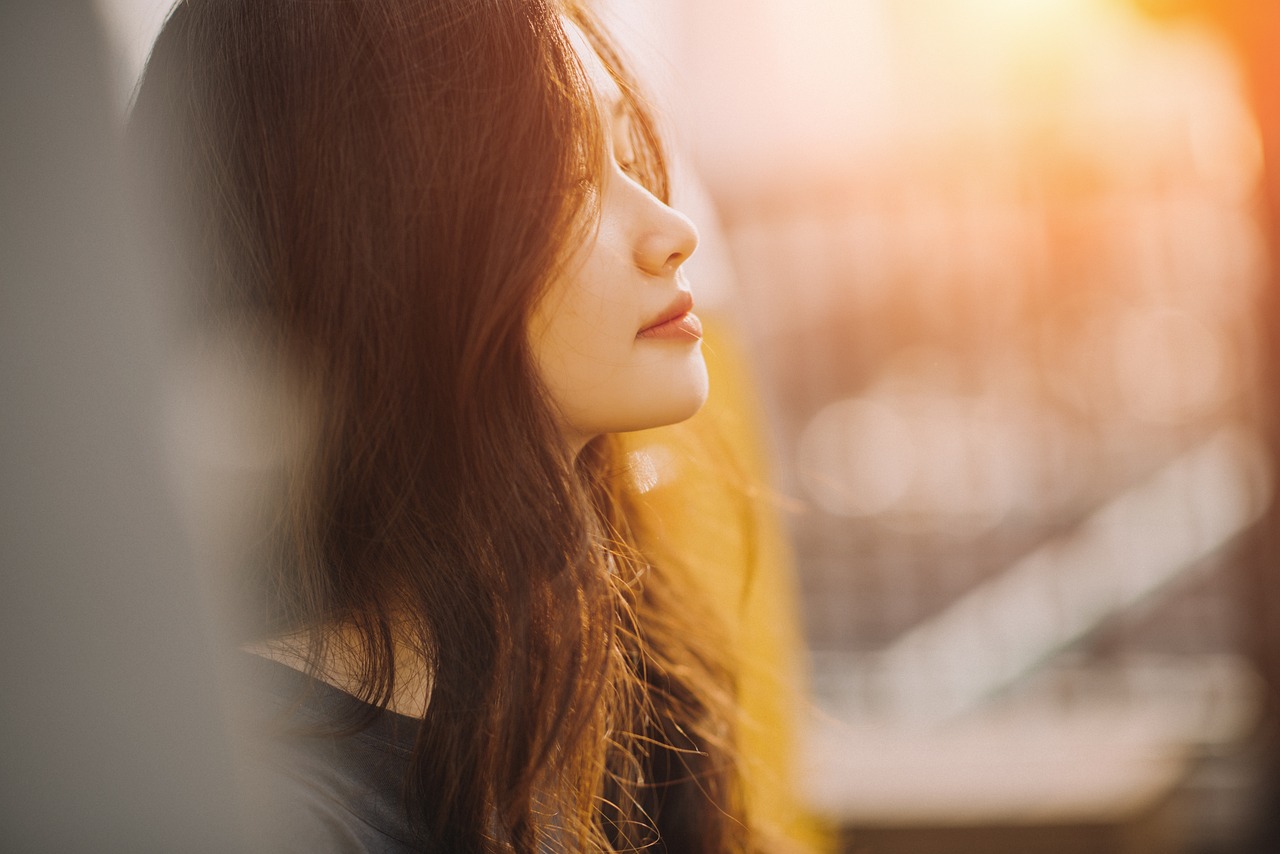
Using Value Scales
When it comes to mastering the art of portrait drawing, understanding value scales is like having a secret weapon in your artistic arsenal. These scales help you grasp the range of light and dark tones, which is crucial for creating depth and realism in your work. Think of a value scale as a bridge connecting your ideas to the visual representation of your subject. It allows you to see the subtle shifts in light and shadow that can make or break a portrait.
To create a value scale, start with a simple rectangle divided into several equal sections. Each section will represent a different tone, ranging from pure white to deep black. You can use pencils of varying hardness to achieve these tones, but graphite pencils are a popular choice for beginners. Here’s a quick guide to help you create your own value scale:
| Tone | Pencil Grade |
|---|---|
| White | No Pencil |
| Light Gray | 2H |
| Medium Gray | HB |
| Dark Gray | 2B |
| Very Dark Gray | 4B |
| Black | 6B |
Once you have your value scale, take a moment to study it. Notice how each tone transitions into the next; this is the essence of shading in portrait drawing. By practicing with your value scale, you’ll develop a better understanding of how to apply these tones to your portraits, allowing you to create more lifelike representations.
When you start applying these values to your drawings, remember that the goal is to create a sense of volume and form. Use your value scale as a reference to determine which areas of your subject should be highlighted and which should be shaded. This is where the magic happens! You can transform a flat drawing into a three-dimensional image simply by understanding and manipulating light and shadow.
Additionally, practicing with value scales can help you identify the unique characteristics of your subject. For instance, if someone has high cheekbones, you might notice that the light creates a stark contrast between the highlights and shadows on their face. By using your value scale, you can replicate these effects with precision, capturing the essence of your subject's likeness.
In conclusion, incorporating value scales into your portrait drawing practice is essential for honing your skills. It’s not just about making pretty pictures; it’s about understanding the language of light and shadow. So grab your pencils, create your value scale, and start experimenting. You'll be amazed at how quickly your portraits come to life!
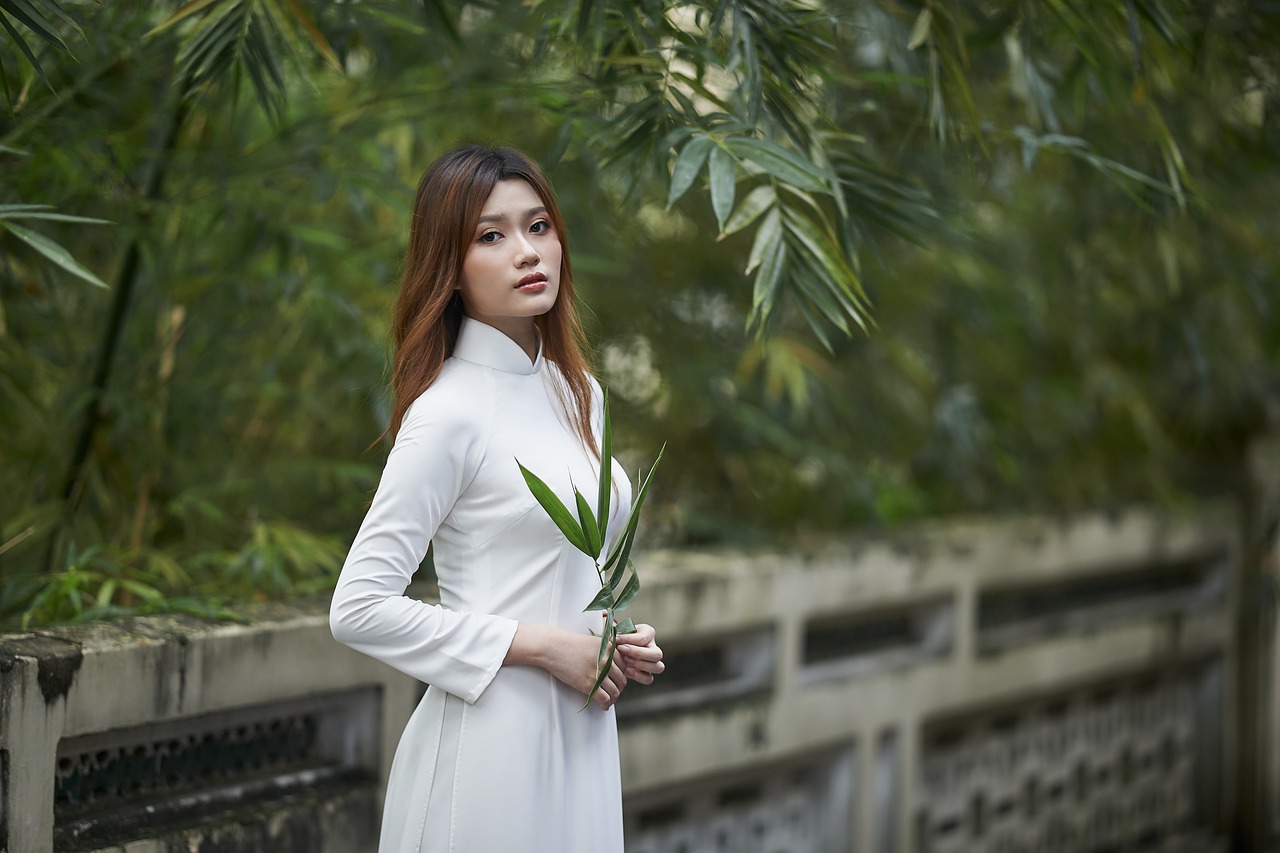
Creating Contrast
Creating contrast in your portrait drawings is not just about playing with light and dark; it’s about breathing life into your art. Think of contrast as the seasoning in a delicious dish—it brings out the flavors and makes everything pop! When you effectively use contrasting values, you can define features, emphasize depth, and create a striking visual impact that draws the viewer's eye right into your artwork.
To start, it's essential to understand the interplay between light and shadow. When you look at a face, you'll notice that certain areas catch the light while others remain in shadow. This natural variation is what gives the face its three-dimensional quality. For instance, the forehead and nose might be highlighted, while the cheeks and under the chin could be darker. This is where your skills in shading come into play. By observing how light interacts with the facial features, you can create a balanced contrast that enhances the realism of your portrait.
Here are some tips to help you create effective contrast in your portraits:
- Identify Light Sources: Always start by determining where the light is coming from. This will guide you in deciding which parts of the face to highlight and which to darken.
- Use a Range of Values: Don’t shy away from using the full spectrum of values from the darkest darks to the lightest lights. This range will add depth and interest to your drawing.
- Experiment with Textures: Different textures can also create contrast. For example, the smoothness of skin can be contrasted with the roughness of hair or clothing.
Another critical aspect of creating contrast is to be mindful of the edges in your drawing. Soft edges can create a sense of depth, while hard edges can bring attention to specific features. For example, the sharp line of the jaw can be emphasized against the softer contours of the cheeks. This technique not only enhances realism but also guides the viewer’s focus to the most important aspects of the portrait.
When it comes to applying contrast, consider using a value scale to help you visualize the differences between light and dark. A value scale typically consists of a gradient from white to black, showcasing various shades of gray in between. By practicing with a value scale, you can train your eye to recognize subtle differences in value, which will ultimately improve your shading techniques. Here’s a simple example of a value scale:
| Value | Shade |
|---|---|
| 1 | White |
| 2 | Light Gray |
| 3 | Medium Gray |
| 4 | Dark Gray |
| 5 | Black |
In summary, creating contrast in your portrait drawings is all about understanding light, shadow, and the nuances of facial features. By mastering these elements, you can transform your drawings from flat representations into dynamic, lifelike portraits that truly resonate with viewers. So, grab your pencils, experiment with contrasts, and watch your portraits come to life!
Q: What is the best way to practice contrast in portrait drawing?
A: The best way to practice is to start with a simple value scale and gradually incorporate it into your portraits. Focus on observing light sources and applying shading accordingly.
Q: How can I make my portraits look more three-dimensional?
A: Use a range of values to create depth and emphasize the contours of the face. Pay attention to how light hits different areas and use soft and hard edges to enhance the three-dimensional effect.
Q: Should I use color when creating contrast?
A: While this article focuses on monochromatic contrast, using color can also create stunning effects. Experiment with complementary colors to achieve contrast in your portraits.
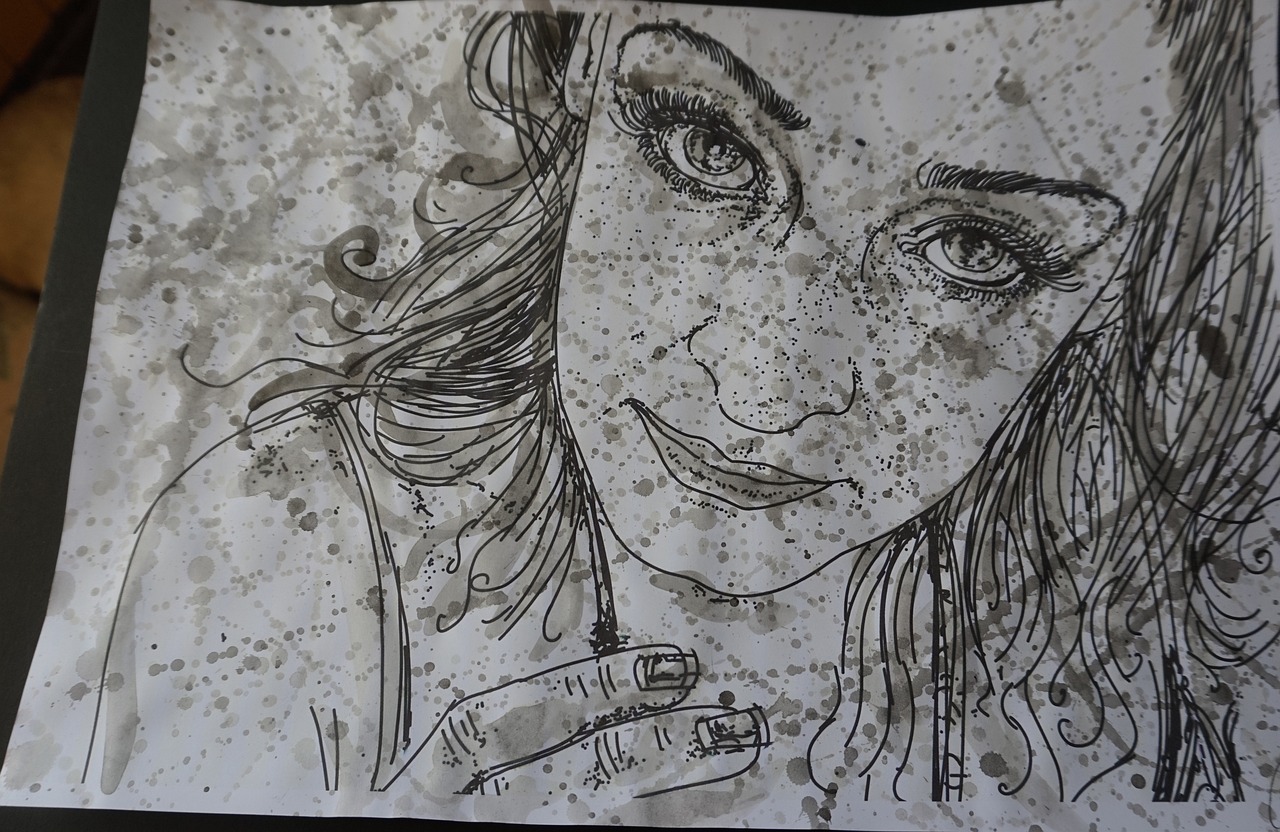
Blending Techniques
Blending techniques are crucial in portrait drawing, as they help to create smooth transitions between different tones and textures. Imagine standing in front of a canvas, armed with your pencils, and realizing that the secret to lifelike portraits lies in the subtleties of blending. It's not just about laying down color; it's about creating a sense of depth and realism that draws the viewer in. So, how do you achieve that? Let's dive into some effective methods!
One of the most popular blending techniques is the use of a blending stump. This tool, often made of tightly rolled paper, allows you to soften edges and create seamless transitions between shades. To use it effectively, start by applying your base layer of graphite or charcoal. Then, gently rub the blending stump over the area you want to blend, applying light pressure. This technique can be particularly effective around the eyes and lips, where soft transitions are crucial for capturing realism.
Another method to consider is the finger blending technique. While it might sound a bit unconventional, using your finger can create a unique texture and warmth in your drawings. Just make sure your hands are clean! Lightly smudge the areas where you want to blend, using circular motions to achieve a smooth finish. This technique can add a personal touch to your work, making it feel more intimate and engaging.
When blending, it's also essential to pay attention to the direction of your strokes. Following the natural contours of the face can enhance the three-dimensional quality of your portrait. For example, when shading the cheeks, use upward strokes to mimic the natural curve of the bone structure. This not only helps in achieving a realistic appearance but also adds a dynamic quality to your drawing.
Finally, don't underestimate the power of layering. Start with light layers and gradually build up to darker tones. This approach allows for greater control over the blending process and helps in achieving a more nuanced finish. You can use a combination of the techniques mentioned above, layering different mediums like charcoal and graphite to create depth and richness in your portrait.
To summarize, effective blending is about practice and experimentation. Don't be afraid to try different techniques and find what works best for you. Whether you prefer using a blending stump, your fingers, or a combination of both, the goal is to create a portrait that feels alive and full of character. Remember, art is a personal journey, and each stroke you make brings you closer to mastering the art of portrait drawing!
- What is the best tool for blending in portrait drawing?
The best tool can vary based on personal preference, but blending stumps and fingers are commonly used for achieving smooth transitions.
- Can I use colored pencils for blending?
Absolutely! Colored pencils can be blended using similar techniques, and adding layers can enhance the richness of your colors.
- How do I avoid over-blending?
To avoid over-blending, work in small sections and step back frequently to assess the overall effect. Sometimes, leaving a bit of texture can add character to your portrait.

Understanding Facial Features
When it comes to portrait drawing, facial features are the building blocks of capturing a person's likeness. Each feature—be it the eyes, nose, mouth, or ears—plays a crucial role in defining individuality. Have you ever noticed how just a slight alteration in the angle of an eye or the curve of a smile can change the entire expression? This is why understanding these features in detail is essential for any aspiring artist.
Let’s start with the eyes, often referred to as the “windows to the soul.” The eyes are not just round shapes; they have depth, color variations, and unique characteristics that can convey a wide range of emotions. When drawing eyes, focus on the iris and pupil—these elements give life to your portrait. Pay attention to the reflections in the eyes, which can add a captivating sparkle and enhance realism.
Next, consider the nose. The nose is a central feature of the face and varies significantly from person to person. It’s important to understand its structure—how it connects to the forehead and how it transitions into the lips. Use light and shadow to create the illusion of depth. For instance, the bridge of the nose can be highlighted while the sides can be shaded to emphasize its three-dimensional form.
Moving on to the mouth, this feature is incredibly expressive. The way lips curve can indicate happiness, sadness, or even surprise. When drawing mouths, take note of the philtrum (the groove between the nose and upper lip) and the shape of the lips. Subtle details like the creases at the corners of the mouth can add realism. Remember, capturing the right expression is key—after all, a smile can light up the entire face!
Lastly, let’s not forget about the ears. Often overlooked, ears can significantly affect the overall likeness if drawn inaccurately. Ears come in various shapes and sizes, and they have unique contours that should be observed closely. Pay attention to how the ear connects to the head and how it interacts with light and shadow. Just like the other features, ears should be treated with the same level of detail to ensure harmony in your portrait.
In summary, understanding and accurately rendering facial features is essential for creating realistic portrait drawings. Each feature contributes to the overall likeness and character of the subject. As you practice, keep in mind the following tips:
- Observe your subject closely and take notes on unique characteristics.
- Use light and shadow to add depth and dimension.
- Don't rush; take your time to capture the essence of each feature.
As you refine your skills, remember that practice makes perfect. The more you draw, the better you’ll become at recognizing and replicating the intricate details that make each face unique.
Q: How can I improve my understanding of facial features?
A: Practice is key! Spend time sketching from life or reference photos, focusing on different features. Additionally, studying anatomy can provide valuable insights into the structure of the face.
Q: Are there specific techniques for drawing realistic eyes?
A: Yes! Pay attention to the shape of the eye, the details of the iris and pupil, and the reflections. Using a value scale can help you understand the light and shadow that give eyes their depth.
Q: What should I do if my portraits don’t look like the subject?
A: Don’t be discouraged! Compare your drawing with the reference and look for discrepancies in proportions and features. Use comparative measurement techniques to ensure accuracy.
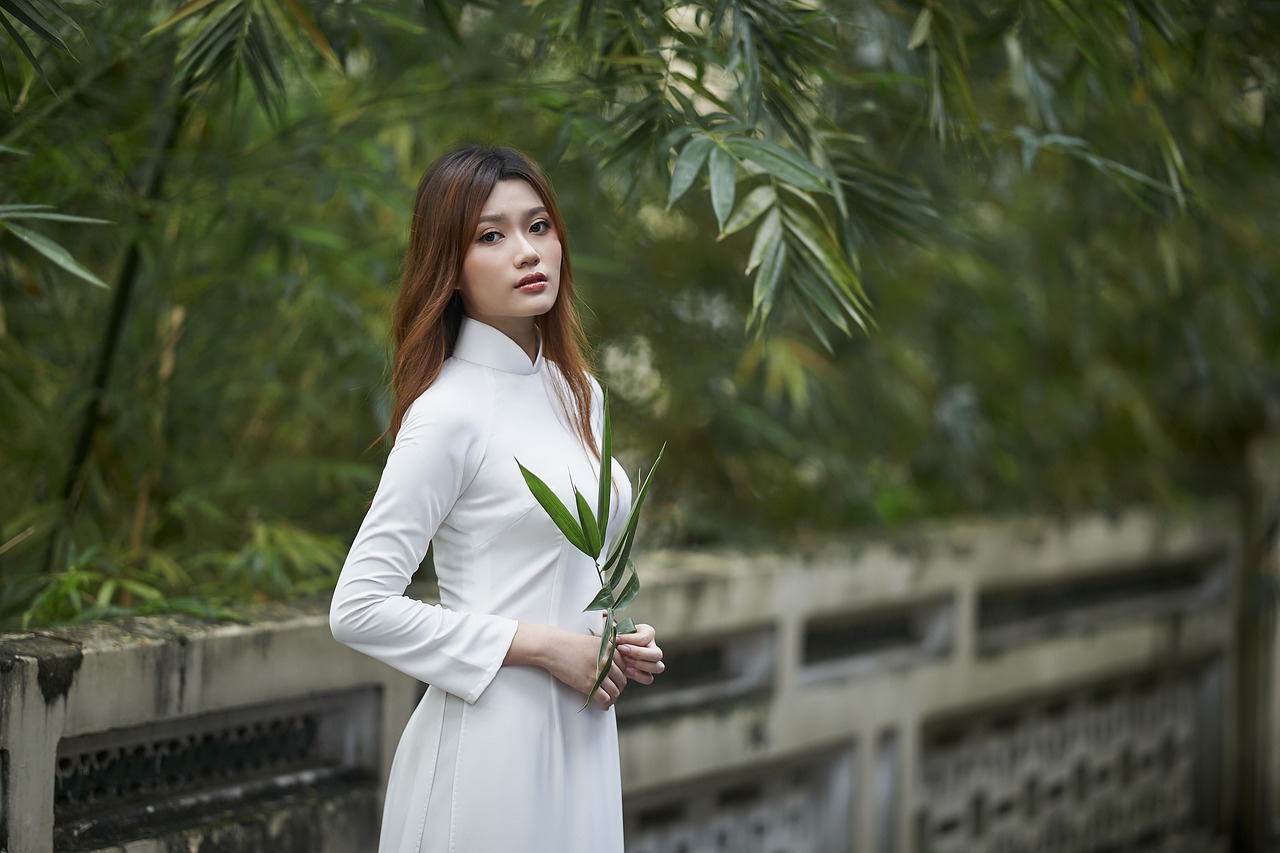
Capturing Likeness
Achieving likeness in portrait drawing is like finding the perfect note in a symphony; it requires a keen ear and a sensitive touch. When you set out to capture the essence of your subject, it’s essential to observe closely and translate those unique characteristics onto your canvas. The goal isn’t just to replicate what you see but to breathe life into your drawings, making them resonate with the personality of the person you’re portraying. So, how do you do this effectively?
First and foremost, developing strong observation skills is crucial. This means training your eyes to notice the subtle differences that make each face unique. For instance, the way light hits the cheekbone or the slight asymmetry in the eyes can transform a good portrait into a stunning one. To enhance your observation skills, consider exercises such as:
- Sketching from life: Spend time drawing live subjects instead of relying solely on photographs. This practice forces you to pay attention to details.
- Comparative analysis: Look at various portraits and analyze what makes them successful. Identify the features that stand out and how they contribute to the overall likeness.
- Daily practice: Set a goal to draw a different face every day. This will help you become more comfortable with different shapes and features.
Next, let’s talk about comparative measurement. This technique is a game-changer when it comes to ensuring accuracy in your portraits. By using reference points on the face, you can maintain proportion and likeness. For example, start by measuring the distance between the eyes, the length of the nose, and the width of the mouth. You can create a simple grid on your reference photo and replicate it on your drawing surface, ensuring each feature is in the right place. Here’s a quick breakdown of how to use comparative measurement:
| Feature | Measurement Technique |
|---|---|
| Eyes | Measure the distance between the eyes; it should be about one eye width apart. |
| Nose | The base of the nose typically aligns with the inner corners of the eyes. |
| Mouth | The corners of the mouth usually line up with the pupils of the eyes. |
Finally, don’t forget to incorporate the unique features that define your subject. This could be a distinctive smile, a unique hairstyle, or even the way they carry themselves. Capture these elements in your drawing, as they are what will make your portrait truly stand out. Remember, it’s not just about the technical aspects; it’s about conveying the personality and spirit of the individual.
In conclusion, capturing likeness in portrait drawing requires a combination of keen observation, accurate measurements, and a deep understanding of the unique traits that define a person. As you practice these techniques, you’ll find that your portraits become not just representations of faces, but true reflections of the individuals behind them.
Q: How can I improve my observation skills for portrait drawing?
A: Engage in regular sketching from life, analyze successful portraits, and practice drawing different faces daily to enhance your observation skills.
Q: What is the best way to ensure proportions are accurate in my portraits?
A: Use comparative measurement techniques by establishing reference points on the face and maintaining consistent distances between features.
Q: Should I focus more on technical skills or capturing personality in my portraits?
A: Both are essential! Technical skills lay the foundation for accuracy, but capturing personality brings your portraits to life.
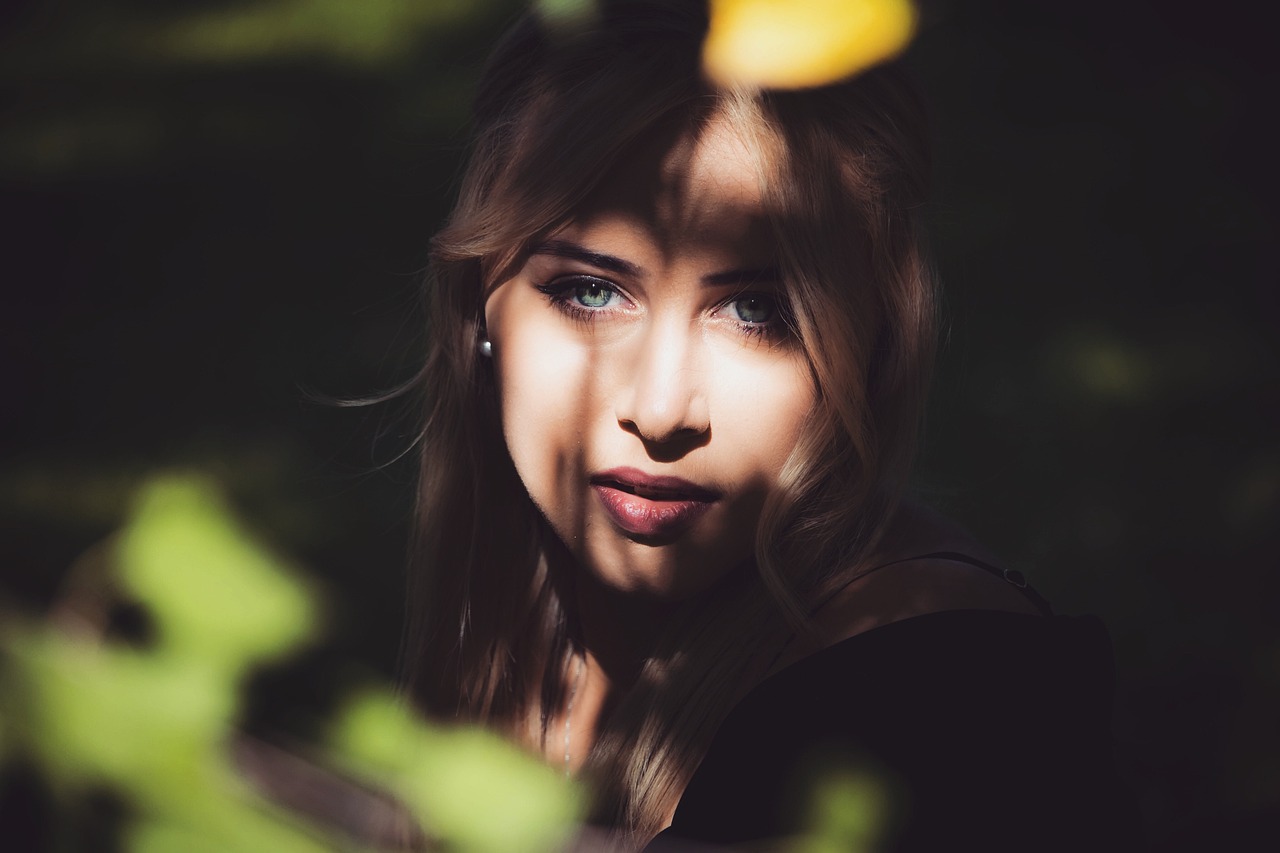
Observation Skills
When it comes to portrait drawing, observation skills are your best friend. Think of them as the binoculars that bring your subject into sharp focus, allowing you to see the subtle details that make each face unique. The truth is, every artist has the potential to enhance their observation skills, and doing so can dramatically improve the accuracy and likeness of your portraits. But how do you cultivate this vital skill? It’s all about practice and the right techniques.
First off, consider incorporating daily observation exercises into your routine. Spend a few minutes each day studying faces—whether it’s in the mirror or from photographs. Pay close attention to the proportions and angles of the features. For instance, notice how the eyes sit in relation to the nose and mouth. You might be surprised at how much you can learn by simply observing. You could even create a sketchbook dedicated to these quick studies. This practice not only sharpens your eye but also helps you develop a deeper understanding of facial anatomy.
Another effective method is to use the technique of negative space. Instead of focusing solely on the features of the face, try to observe the shapes formed by the spaces around the face. This can help you gain a more accurate sense of proportion and placement. For example, when drawing a face, look at the space between the chin and the neck or the area between the eyes. By concentrating on these negative spaces, you can create a more balanced and lifelike representation.
Additionally, breaking down the face into simple shapes can simplify the process. Start by sketching basic geometric forms that represent the major features: ovals for the head, triangles for the nose, and circles for the eyes. Once you have these shapes in place, you can refine them into more detailed features. This technique not only eases the intimidation factor of drawing but also allows you to focus on each feature’s relationship to one another.
To further enhance your observation skills, consider practicing with comparison techniques. This involves measuring distances and angles between features. For instance, you can use a pencil to measure the distance from the eyes to the mouth and then compare that to the distance from the eyes to the hairline. This method helps ensure that you maintain accurate proportions throughout your drawing. You can even create a simple
| Feature | Measurement |
|---|---|
| Eyes to Mouth | 2 inches |
| Eyes to Hairline | 1.5 inches |
| Nose Width | 1 inch |
Lastly, don't forget the power of feedback. Share your work with fellow artists or friends and ask for their observations. Sometimes, a fresh pair of eyes can spot discrepancies that you might have missed. This not only enhances your skills but also fosters a community of learning and growth.
In conclusion, honing your observation skills is a journey that requires patience and practice. By incorporating daily exercises, focusing on negative space, breaking down features into shapes, using comparison techniques, and seeking feedback, you’ll find yourself creating portraits that are not only realistic but also resonate with the essence of your subjects. So grab your sketchbook, and let your eyes do the talking!
- How can I improve my observation skills quickly?
Practice daily by sketching faces from life or photographs, focusing on proportions and angles.
- What is negative space in drawing?
Negative space refers to the space around and between the subject of an image, which can help in achieving accurate proportions.
- How important is feedback from others?
Feedback is crucial as it provides new perspectives and can help identify areas for improvement in your artwork.
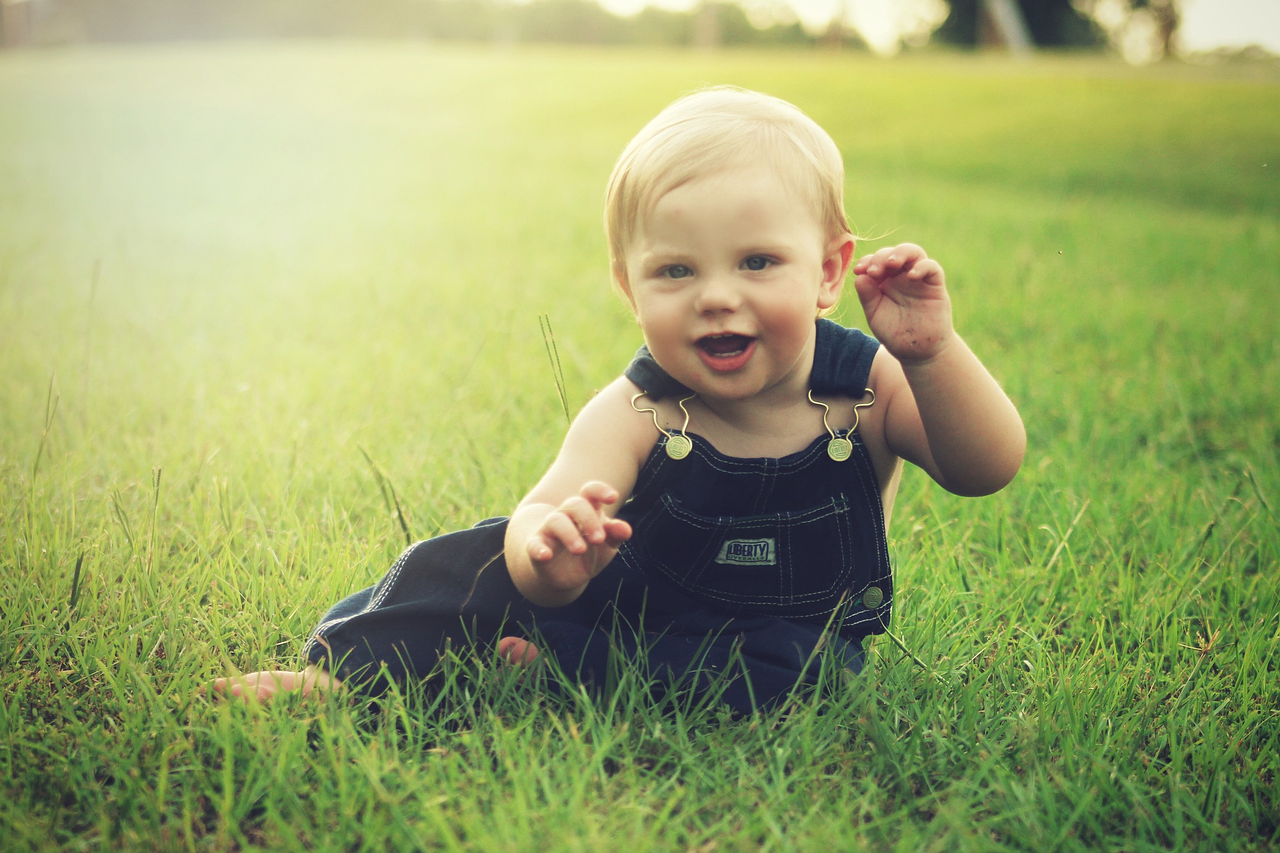
Comparative Measurement
When it comes to achieving the perfect likeness in your portrait drawings, is a game changer. Think of it as your trusty compass guiding you through the intricate landscape of facial features. This technique involves using reference points and measuring distances between key elements of the face to ensure everything is in proportion. Just like a photographer uses a camera to capture a moment in time, you can use this method to capture the essence of your subject accurately.
To get started, you’ll want to establish a few reference points on your subject’s face. For example, you can use the width of the eyes as a baseline measurement. From there, you can measure the distance from the eyes to the bottom of the nose, and then from the nose to the chin. This way, you create a framework that helps maintain the correct proportions. It’s like building a house; you wouldn’t start without a solid foundation, right?
Here’s a simple breakdown of how to implement comparative measurement in your portrait drawing:
- Choose a Reference Point: Start with a feature that is easy to measure, such as the distance between the eyes.
- Use a Measuring Tool: You can use a pencil or your finger to measure distances. Hold your pencil vertically at arm's length to gauge proportions accurately.
- Apply Measurements: Once you've established a measurement, replicate it on your drawing. For instance, if the distance between the eyes is one eye width, make sure your drawing reflects that.
It's also essential to regularly step back from your work. This will give you a fresh perspective and help you catch any discrepancies in proportions. If something looks off, don’t hesitate to adjust. Remember, art is a fluid process, and sometimes you need to make changes to achieve that sought-after realism.
Moreover, using comparative measurement can help you capture the unique characteristics of your subject. Each person has distinct features that contribute to their likeness, and this method allows you to focus on those subtleties. For instance, if your subject has a slightly wider nose or fuller lips, you can measure these features in relation to others to ensure accuracy. It’s like being a detective, piecing together clues to reveal the true identity of your subject.
In conclusion, mastering comparative measurement is crucial for any artist aiming to enhance their portrait drawing skills. By paying close attention to proportions and using reference points, you can create lifelike representations that resonate with viewers. So grab your pencil, find your reference points, and let the magic of comparative measurement elevate your art to new heights!
Q: What is comparative measurement in portrait drawing?
A: Comparative measurement is a technique used to ensure accurate proportions in portrait drawing by measuring distances between key facial features and using them as reference points.
Q: How can I improve my observation skills for portrait drawing?
A: You can enhance your observation skills by practicing with live models, studying photographs, and regularly sketching from life to train your eye to notice subtle details.
Q: Do I need special tools for comparative measurement?
A: No special tools are required; you can use a pencil, ruler, or even your fingers to measure distances and proportions accurately.
Q: How often should I step back from my drawing?
A: It’s advisable to step back frequently—every 15-20 minutes is a good rule of thumb. This helps you gain perspective and catch any mistakes in proportions or likeness.
Frequently Asked Questions
- What are the key elements to achieve realism in portrait drawings?
To create realistic portrait drawings, focus on accurate proportions, effective shading, and capturing the unique likeness of your subject. Understanding how to balance these elements will significantly enhance your artistic skills.
- How do I understand and apply proportions in my drawings?
Proportions are crucial for lifelike representations. Use guidelines to measure and compare facial features accurately. Start with basic shapes and gradually refine your drawing, ensuring that the relationships between features remain consistent.
- What techniques can I use to master light and shadow?
Experiment with different shading techniques, such as hatching, cross-hatching, and stippling. Use value scales to understand the range of light and dark, and practice creating depth through effective contrast and blending to add a three-dimensional feel to your portraits.
- Why are observation skills important in portrait drawing?
Strong observation skills are essential for capturing likeness. By training your eye to notice subtle details and variations in facial features, you can translate those observations into your artwork, making your portraits more lifelike.
- How can I improve my blending techniques?
To improve blending, try using tools like blending stumps or your fingers to smooth out transitions between values. Practice layering different pencil grades to create soft gradients and avoid harsh lines, which can detract from the realism of your portraits.
- What is comparative measurement, and how does it help in portrait drawing?
Comparative measurement involves using reference points and measurements to ensure accuracy in your drawings. By comparing the sizes and distances between features, you can maintain proportion and likeness, leading to more realistic results.
- How do I capture the likeness of my subject effectively?
To capture likeness, spend time observing your subject closely. Take notes on unique characteristics, and use comparative measurement techniques to ensure accuracy. Practice sketching multiple angles to better understand their features.



















